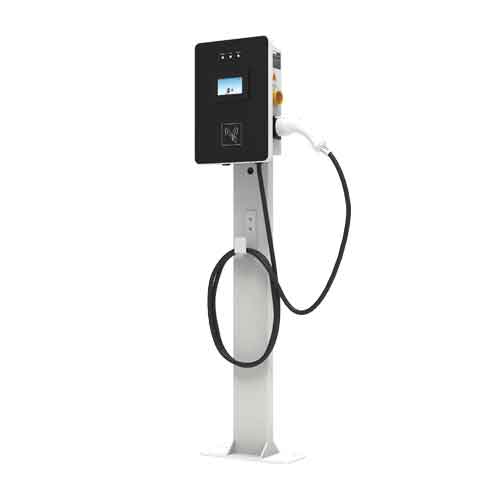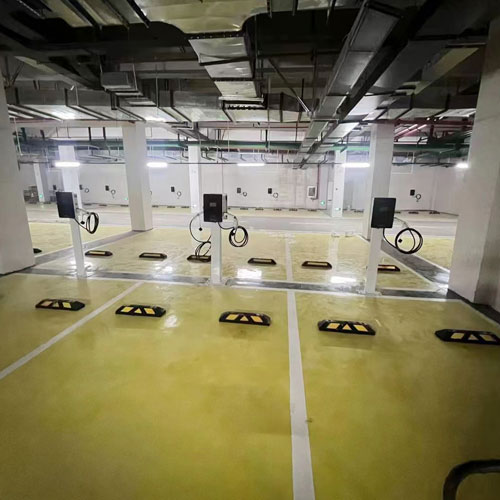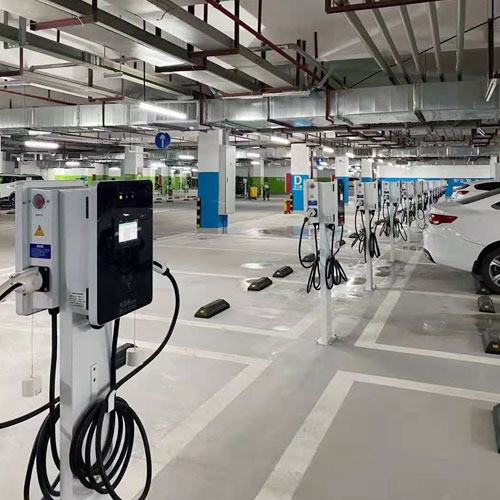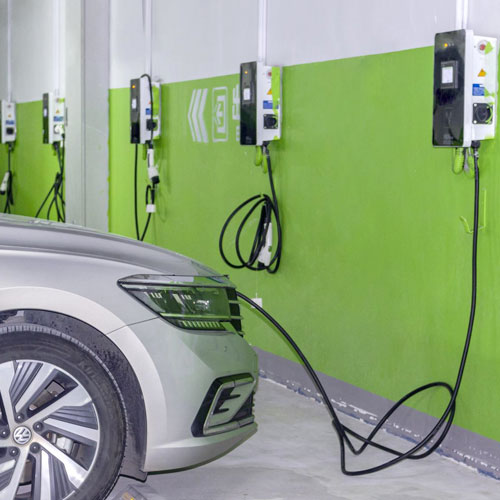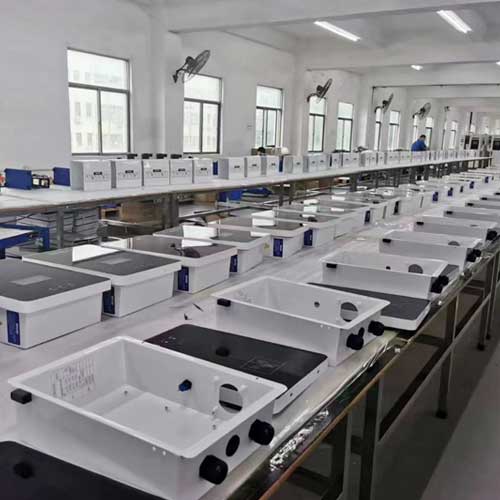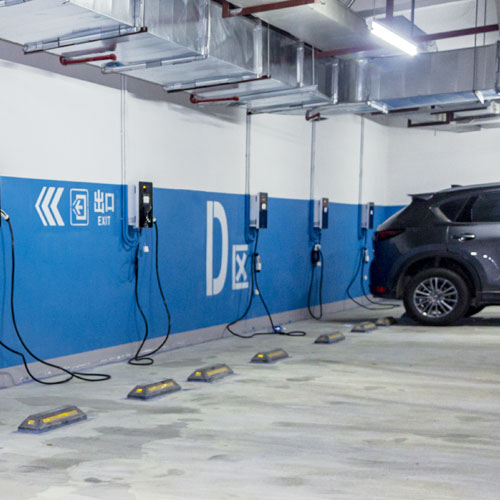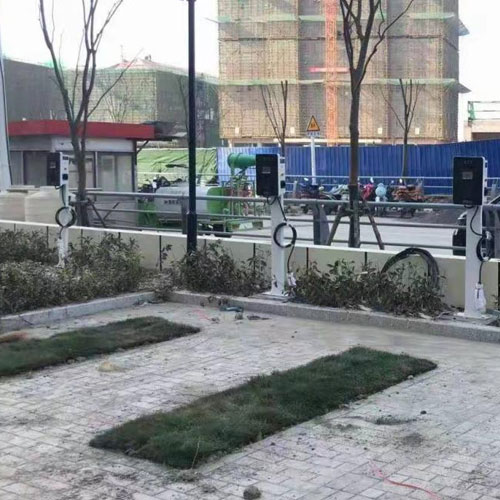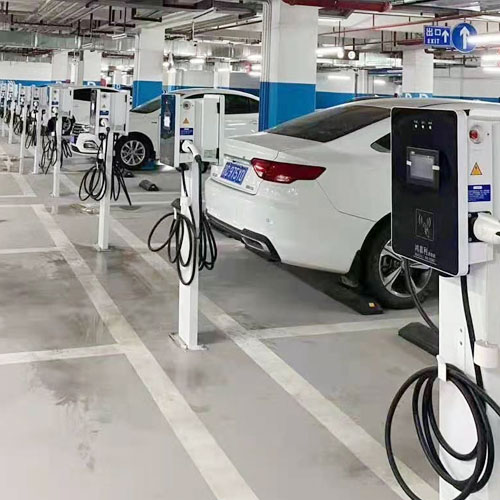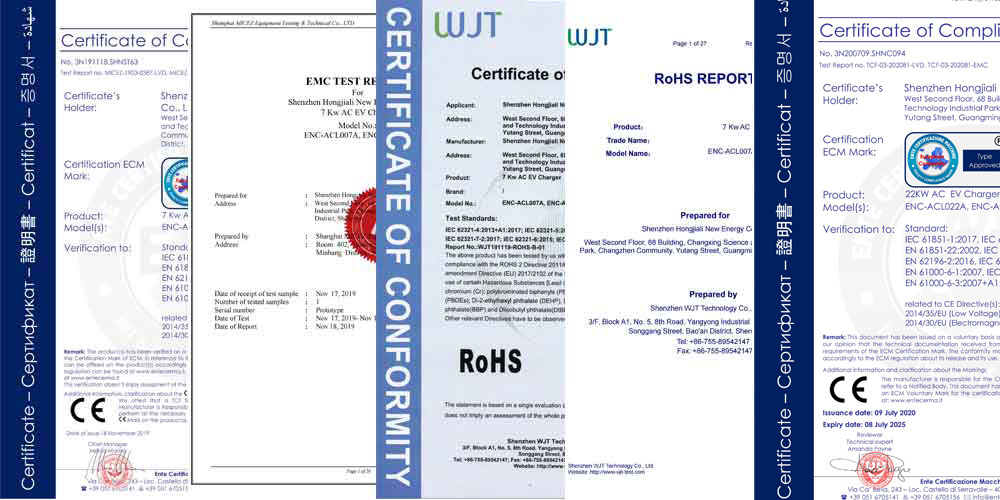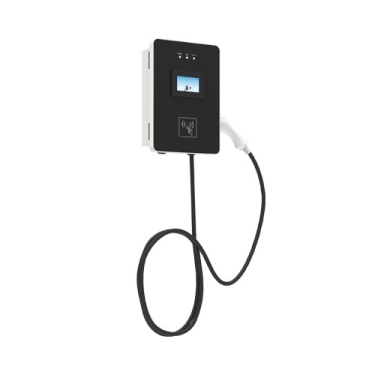Level 2 chargers charge 5 to 7 times faster than Level 1 chargers. However, it’s not as fast as Level 3 DC fast charging. Level 2 chargers can be used in multiple scenarios such as family cars, cars for enterprises and institutions, public transportation, tourist attractions, etc. Here we recommend our 11KW level 2 charger.
Our Level 2 chargers are packed with smart features. Includes app connectivity. This feature not only allows users to control and manage their charging sessions, but also monitor the charging process remotely via a dedicated mobile app.
Our Level 2 chargers are suitable for all electric cars and plug-in hybrids, making them a versatile accessory for a wide range of vehicles.
Lead the way in sustainability with our advanced Level 2 chargers. Invest in the future with our Level 2 EV charging solutions, fast and efficient. Quality commitment, customized according to European, American and Chinese standards. Level 2 Charger: Designed to make charging electric vehicles fast and easy. Customized services. Solution Expert.
The product parameters of the 11KW level 2 charger are as follows:
Parameters | Requirements | |
General Requirements | ||
EV Charger Type | AC | |
Charger Capacity | 11KW | |
Equipment size | L359*140*H510(mm) | |
Product Model NO. | ENC-ACB/L011A | ANSI-ACB/L011A |
Mounting | Wall-Mounted/Column Type | |
Input Requirements | ||
AC Supply System | Three-Phase, 5 Wire AC system(ENC) | Single-Phase, 3 Wire AC system(ANSI) |
Nominal Input Voltage | AC380V±15%(ENC) | AC240V±15%(ANSI) |
Input Frequency | 50±3Hz | |
Environmental Requirements | ||
Ambient Temperature Range | -25 to 55°C | |
Ambient Humidity | 5 to 95% | |
Storage Temperature | -40 to 70°C | |
Mechanical Requirements | ||
IP Ratings | IP 55 | |
Cooling | Natural Cooling | |
Output Requirements | ||
Number of Outputs | 1 | |
Type of Each Output | AC380V±15%(ENC) | AC240V±15%(ANSI) |
Single Output Max.Current | 16 Amp/50 Amp | |
User Interface & Display Requirements | ||
Display & Touch-Screen Size | 4.3 Inches Screen | |
User Authentication | QR Code/RFID Card /Password Login | |
Metering Information | Consumption Units | |
Communication Requirements | ||
Communication between EVSE and Central server | OCPP 1.6J Protocol (Optional) | |
Interface between Charger and CMS | Ethernet/3G/4G/WIFI (Optional) | |
Protection & Safety Requirements | ||
Executive Standard | IEC 62196 2017, IEC 61851 2017, SAE J1772, etc. | |
Safety Parameters | Over Current, Over Voltage, Under Voltage, Residual Current, Surge Protection, Leakage Protection, Short Circuit, Over Temperature, etc. | |
